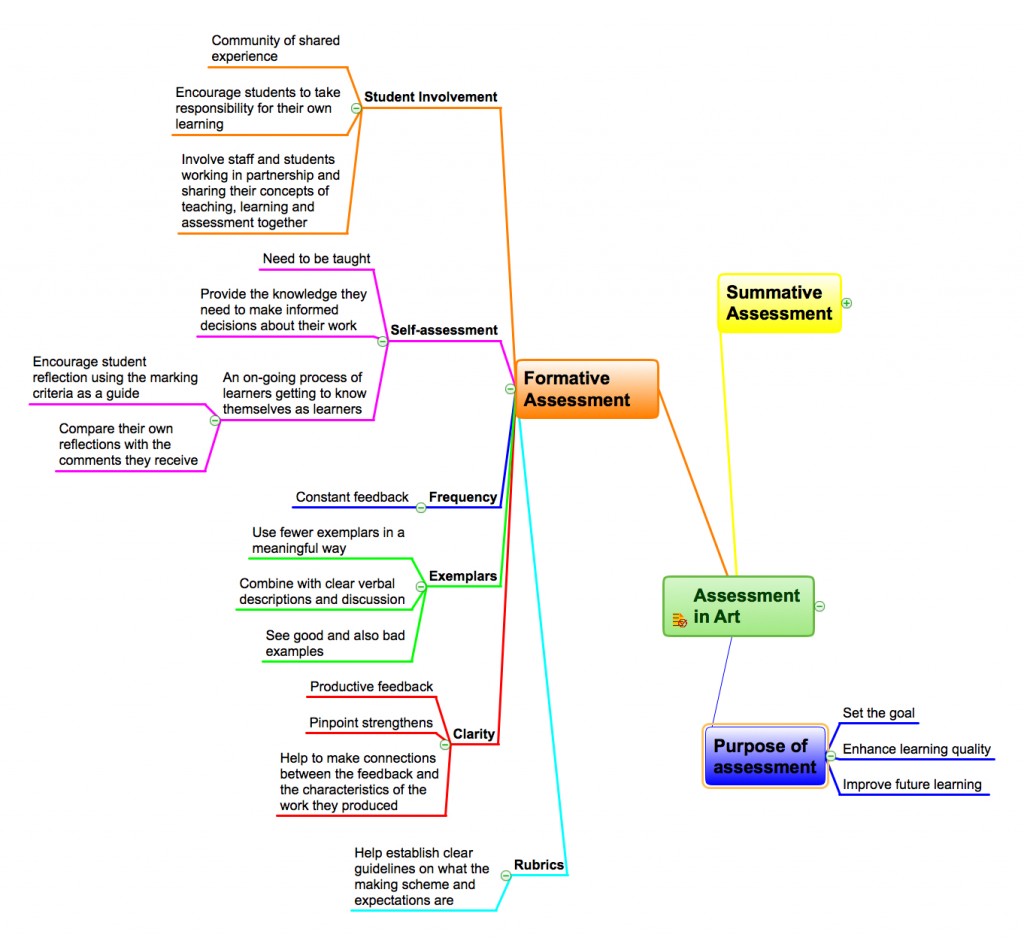It is generally understood that personal growth and social development are related. The involvement in a collaborate art-making project is a social learning experience. It offers the students “a sense of belonging by participating in the events that punctuate the social life of the community” (Wallot, 1999). However, the students learn about another culture in class, but not in the context of that culture, so it may lack authenticity. The students may resort to stereotyping because they lack a personal connection with the community, and they only have superficial knowledge of the ethic group or community. Some Aboriginal artists, such as Rita L. Irwin (1999), have critiqued the dominant culture as only painting stereotypical images of Aboriginal peoples, which degrades public perception of them and sacred sites of land.
Critical Question: What can we do to bring cultural experience into the classroom and allow our students to better understand and build personal connections with other ethic groups?
 Follow
Follow